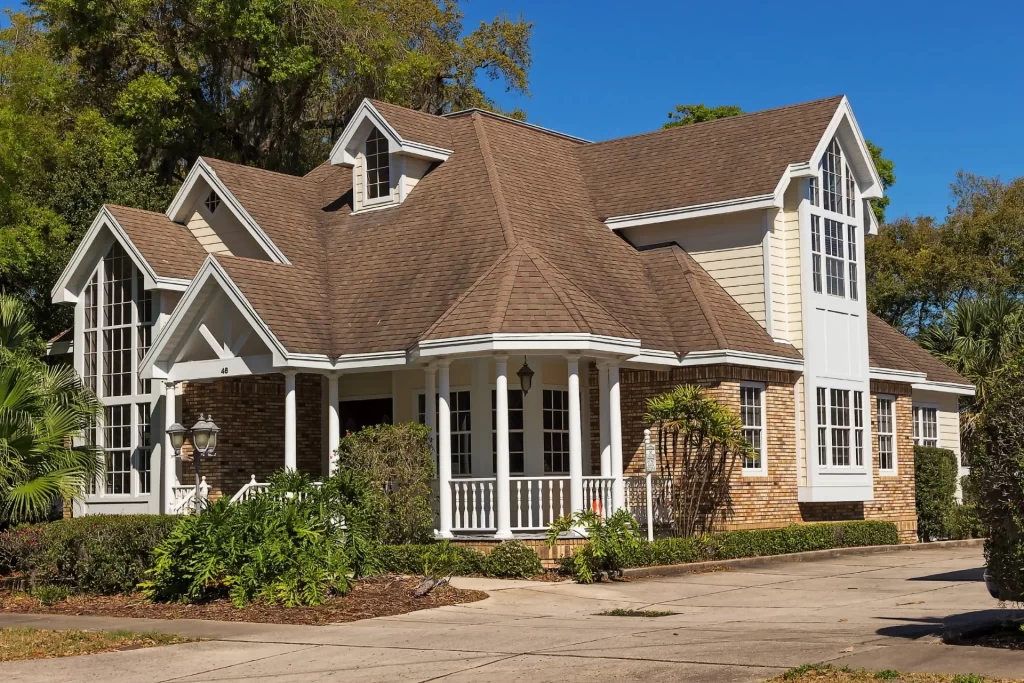Weather conditions play a pivotal role in the longevity and durability of your residential roof. In this comprehensive guide, we delve into the various ways that weather elements can affect your roof and how you can safeguard it against the elements. Your roof is your first line of defense against Mother Nature’s fury, and understanding the impact of weather conditions on it is crucial to maintaining a safe and secure home.
The Crucial Role of Rain
Rainfall is perhaps the most common weather condition that can impact your residential roof. While modern roofing materials are designed to repel water, heavy and prolonged rain can still pose a threat. Over time, rainwater can seep into cracks and crevices, leading to leaks and, in severe cases, structural damage.
Prevention and maintenance
To combat the effects of rain, regular roof inspections are essential. Identifying and repairing even minor damage promptly can prevent costly issues down the line. Additionally, consider installing gutters and downspouts to efficiently channel rainwater away from your roof and foundation, reducing the risk of water damage.
The Harsh Reality of Hail
Hailstorms can wreak havoc on your roof. The force of hail can cause denting, cracking, and granule loss on shingles, leaving your roof vulnerable to water infiltration.
Protecting your roof from hail
Investing in impact-resistant roofing materials is an effective way to shield your roof from hail damage. Additionally, regular roof inspections can help detect any hail-related issues early on, allowing for timely repairs.
The scorching sun and your roof
While we often associate the sun with positivity, excessive exposure to UV rays can take a toll on your residential roof. Sunlight can cause roofing materials to warp, fade, and crack over time, leading to a decrease in their lifespan.
Extending roof life in sunny climates
Consider applying a UV-resistant coating to your roof to mitigate the effects of prolonged sun exposure. This can not only protect your roof but also enhance its energy efficiency.
The freezing cold of winter
In regions with cold winters, snow and ice can be major culprits for roof damage. The weight of accumulated snow and the freeze-thaw cycle can lead to ice dams, which can result in water seeping under shingles and causing leaks.
Safeguarding Your Roof in Winter
Proactive measures, such as adequate insulation in your attic and roof heating cables, can help prevent ice dams. Regular snow removal, when safe, can also alleviate the burden on your roof.
Windstorms and Their Impact
High winds during storms can lift and damage roofing materials, leaving your roof exposed to the elements. Strong gusts can even cause trees or debris to fall onto your roof, causing severe damage.
Strengthening your roof against winds
Opt for wind-resistant roofing materials and ensure proper roof anchoring during installation. Regular inspections for loose shingles or flashing can help identify potential weak points.
Conclusion
In conclusion, understanding the impact of weather conditions on your residential roof is essential for its long-term health and durability. Rain, hail, sun, snow, and wind can all pose unique challenges, but with proactive maintenance and the right precautions, you can protect your roof and ensure it stands strong against the elements. Remember, a well-maintained roof not only safeguards your home but also adds value to your property.


